Bad Kid's Books
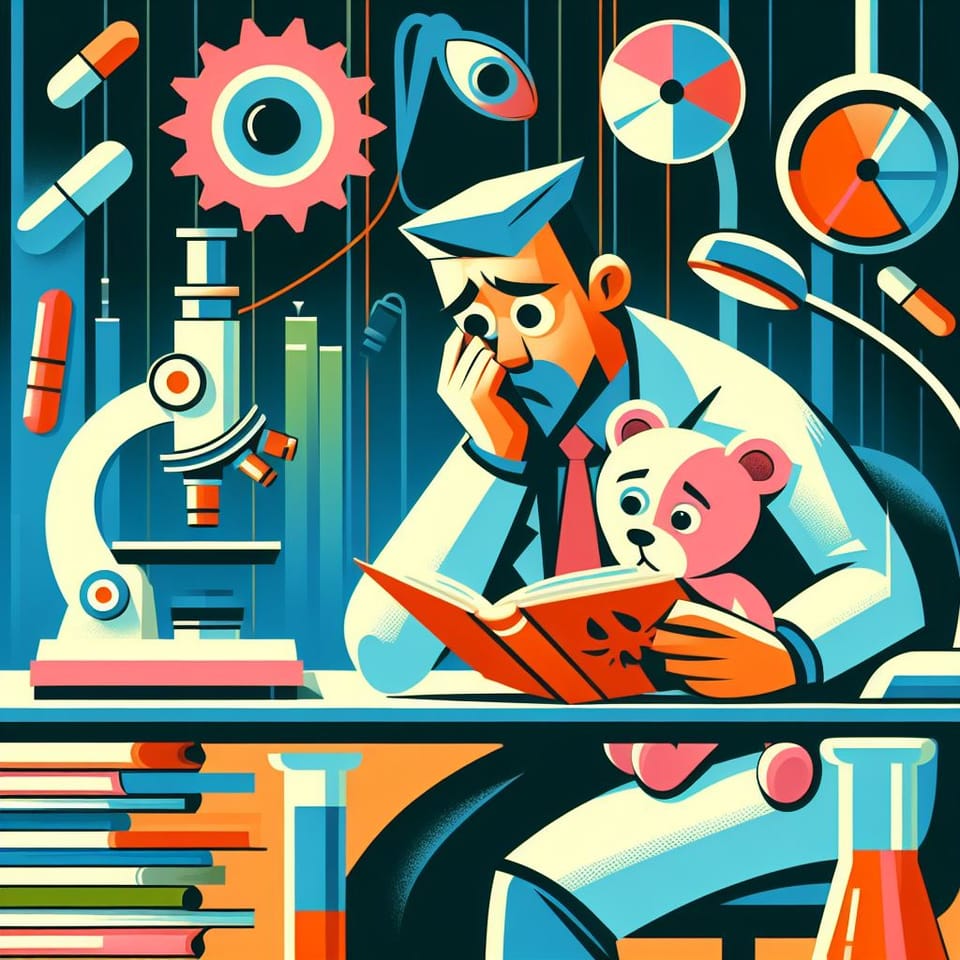
One of the hardest parts about being a parent is reading the same children's books over and over again. I know that doesn't seem like it would be that bad, but read the same Shine-A-Light train book ten thousand times, you'll get it. Repetition is the thief of joy. You might hit that mind-numbing limit on round 15 or page 5, depending on the quality of the book.
As I see it, I'm allowed to dish on children's books, since I make some of them. I can take the heat. I'm not offended if someone doesn't my books. In fact, my kids go out of their way to tell me as much. There's an enormous number of products out there, but for some reason kids have their preferences, which is what drives parents crazy.
I can't tell you how many times I've read the same stories over and over again, trying to skip 4-6 pages at a time only to get called out on it. Even the best ones get the joy drained out of them after 50+ readings. It's impossible to find new ways to enjoy this Groundhog Day hellscape of children's literature without going a bit bonkers. Which is, as I've found, one of the solutions.
The only way I can "enjoy" any of these books anymore is to critique them from a strictly analytical perspective. And nothing at all to do with the quality of the authorship, the illustrations, or even the layout and binding. I look at them purely from one of my professional perspectives. I switch back on my veterinarian brain and look for pathology potential in these sweet little stories. Yes, it makes it less enjoyable for the kiddos, but at least they're now learning something!
So, without further ado, here are five classic children's books that are actually terrible if read from the perspective of a veterinarian.
Go Dog, Go, by P.D. Eastman
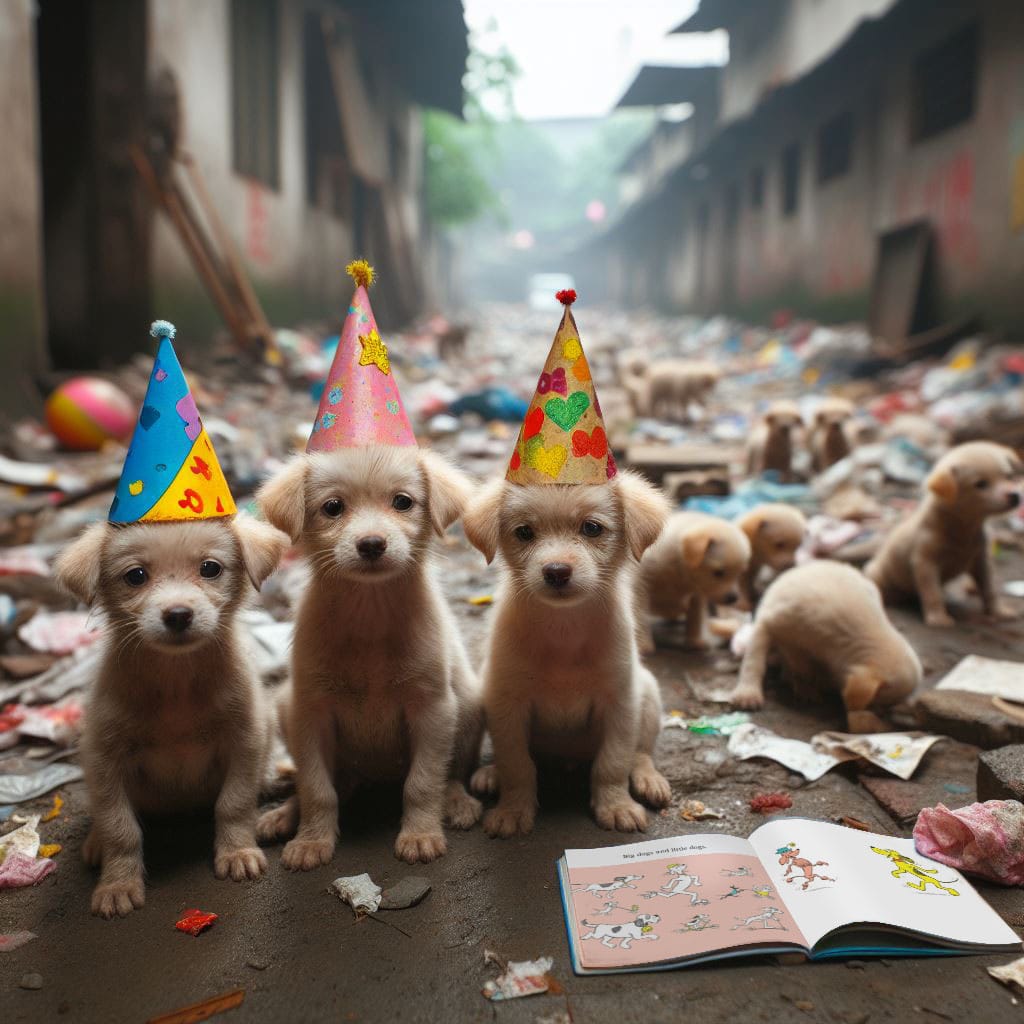
The idea of having a mass gathering of a species that frequently lick its own anus, then setting out a cake for them to share is moderately appalling. And not that having it on top of a tree AND letting them drive themselves there makes it any better (they did stop when the light turned red), but my biggest problem is that the female is clearly intact and in estrus. The whole problem with this overpopulated infectious disease fest is probably lack of access to affordable sterilization programs in the first place.
Where the Wild Things Are, by Maurice Sendak

Speaking of which: we know that more than 75% of emerging infectious diseases are zoonotic, influenza has the ability to mutate across species boundaries, and we're STILL going to let an irresponsible six-year old dressed up as a fomite sail to a foreign country for an orgy with a bunch of animals somebody CRISPR-engineered in their basement? How come I get asked if I visited a farm every time I come back to the States, but this kid gets rewarded with a hot supper for nearly unleashing a global crisis with a novel rumpusvirus?
Green Eggs and Ham, by Dr. Seuss

You know why those eggs are green? Over consumption of alfalfa silage, leading to an accumulation of photosensitising chlorophyll derivate pheophorbid a (PPB a), a promising anticancer drug. Probably not something you want in your breakfast burrito, though. I guess it could also have been Salmonella, which might turn the ham green too. But a better process to create green ham involves injecting the meat with pickle, massaging and injecting again with a 1.5% hydroperoxide solution at the ratio of 5.0%. As is commonly known.
Winnie-the-Pooh, by A.A. Milne
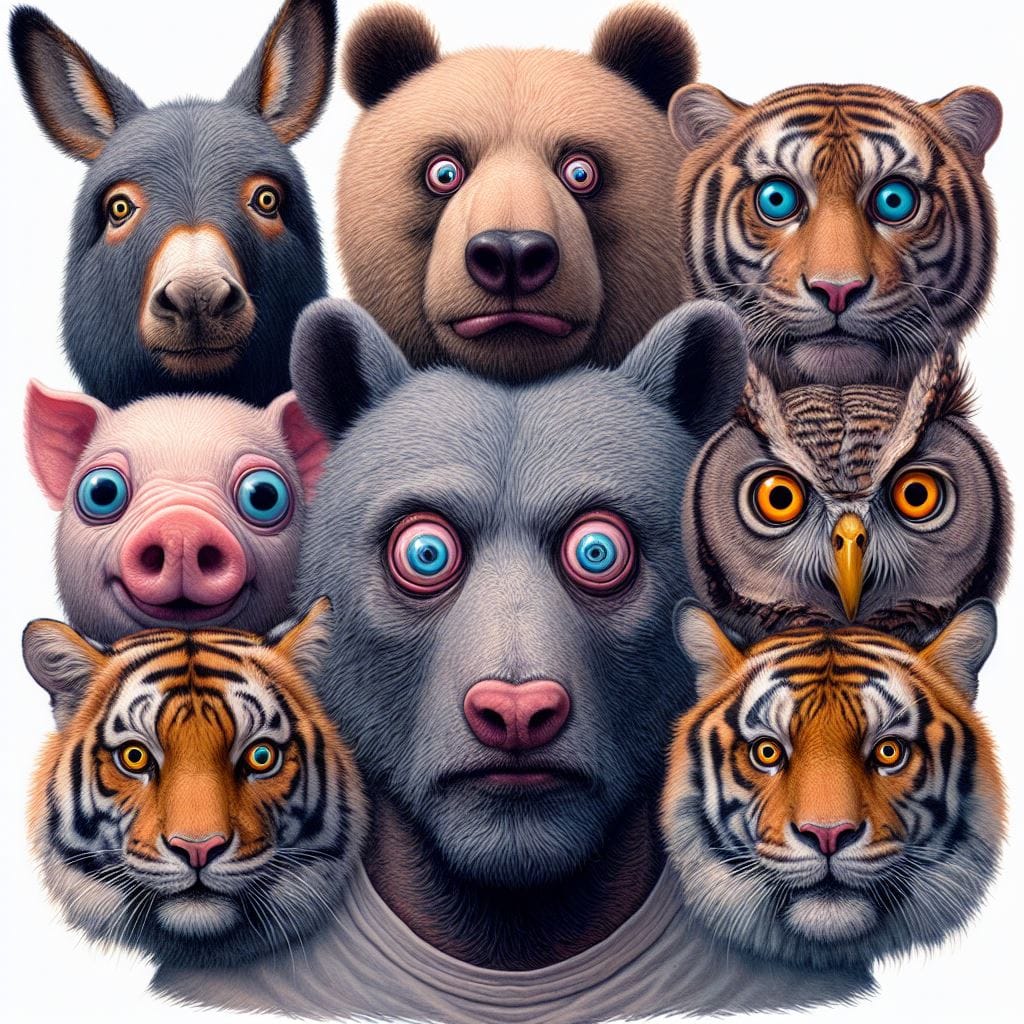
Where in God's name is the behaviorist?! There is a large, schizophrenic predatory animal literally bouncing around an unsupervised child! Come to think of it, where's Child Protective Services?!! But really, a veterinary behavior specialist would have their hands full between a highly anxious piglet, a narcissistic owl, and an obsessive compulsive lagomorph! Not to mention the bear with the eating disorder and the majorly depressed donkey. Maybe A.A. Milne had toxoplasmosis.
If You Give a Mouse A Cookie, by Laura Numeroff
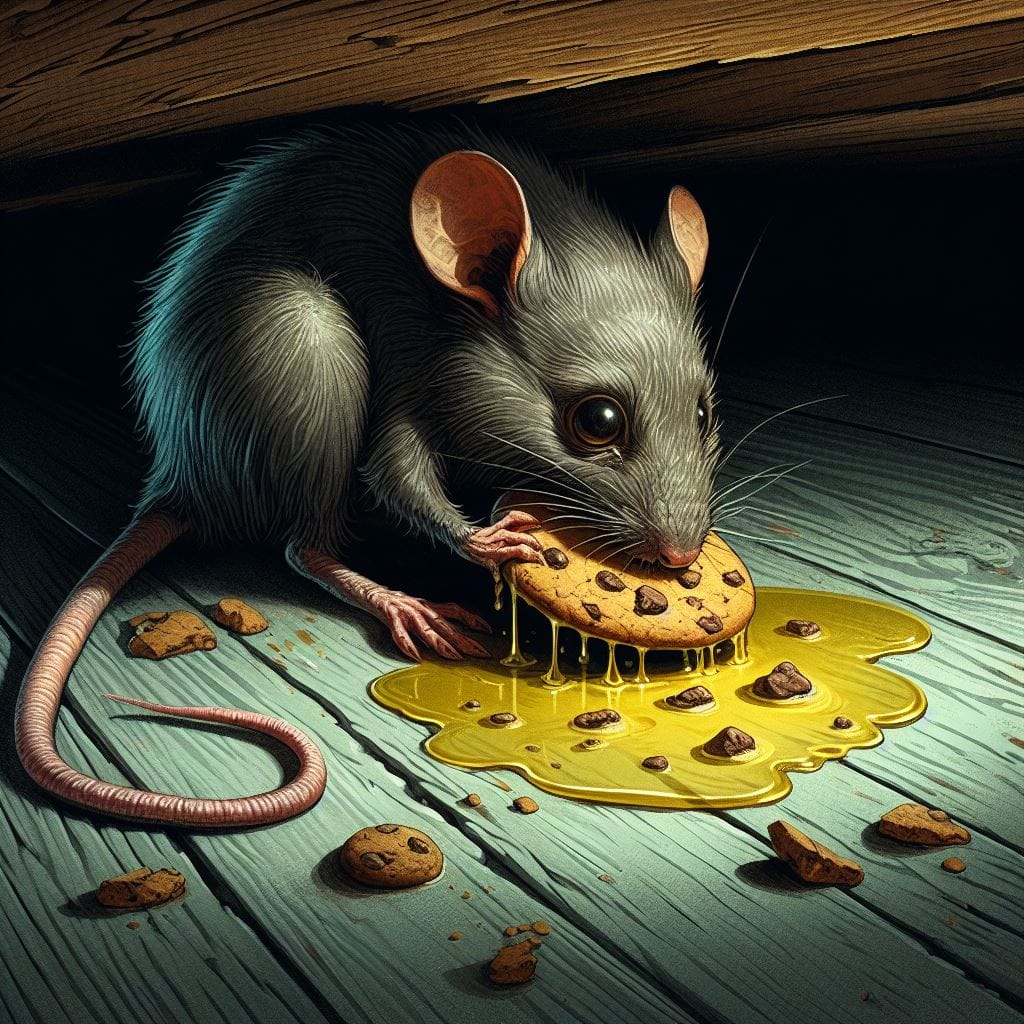
You will have leptospirosis in your house. Don't do it.


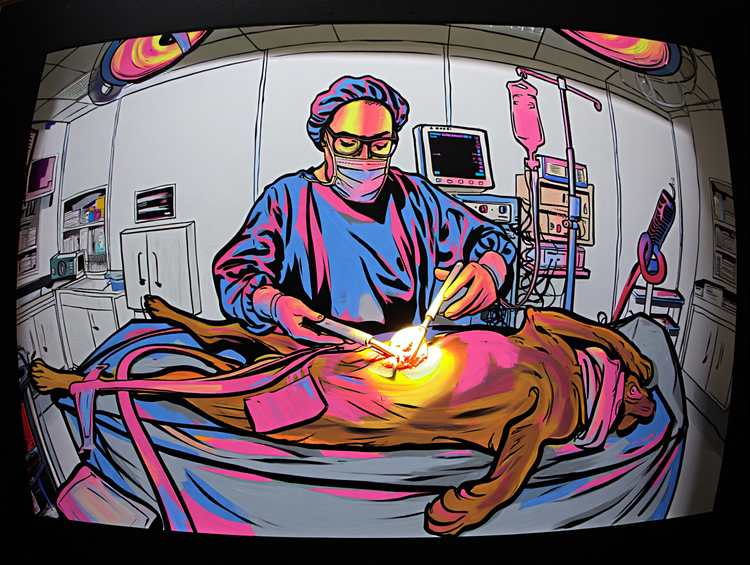
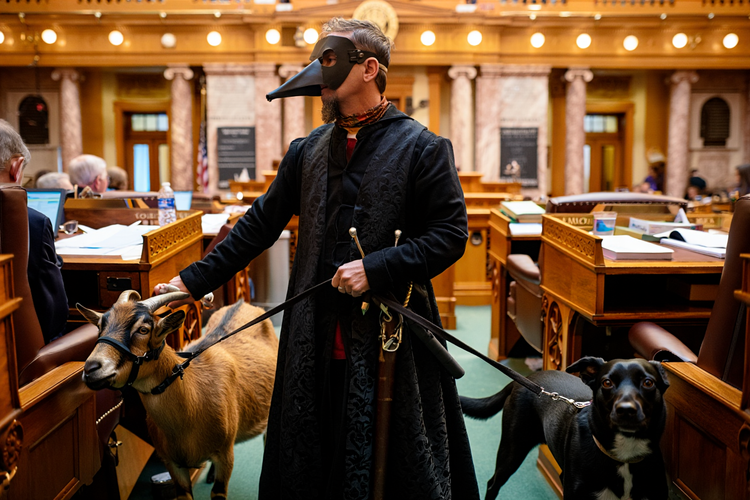

Comments ()